The HomePod mini has been on the market for almost two months now, and during that time, almost anyone interested in this tiny speaker from Apple could form an opinion on it. I have had my own model at home for about a month, and impressions from long-term use will be part of this review.
It could be interest you
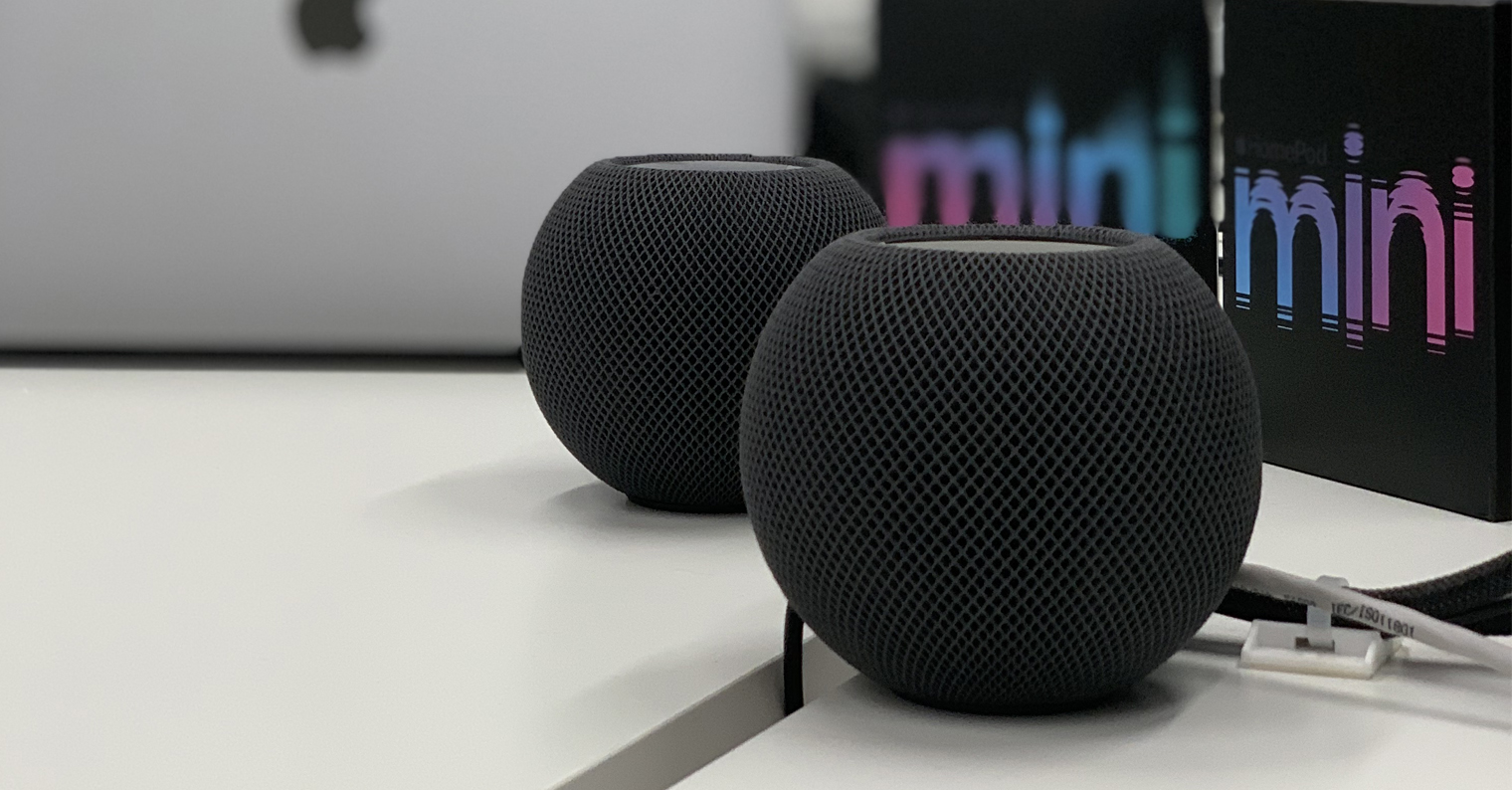
Specifications
Apple has never discussed the specifications of the new HomePod mini in any greater detail. It was clear that Apple will not reach for the same technologies as for the larger, but also significantly more expensive "full-fledged" HomePod. The reduction brought a logical deterioration in listening quality, but more on that in a moment. Inside the HomePod mini there is one main dynamic driver of unspecified diameter, which is complemented by two passive radiators. The main inverter has, based on the measurements that you can view in this video, with a very flat curve of the frequency range, especially in the bands from 80 Hz to 10 kHz.
In terms of connectivity, we can of course find Bluetooth, support for Air Play 2 or stereo pairing (the configuration of native 2.0 with Dobla Atmos support for Apple TV needs, however, is unfortunately only available for the more expensive HomePod, the sound can only be redirected manually on the mini). HomePod mini will also serve as the main center for the Home via HomeKit, thus complementing iPads or Apple TV. Just for the sake of completeness, it is appropriate to add that this is a classic wired speaker, which does not contain a battery and without an outlet you can't get anything out of it - I really had to face several similar connection questions. The HomePod mini is slightly larger than a classic tennis shoe and weighs 345 grams. Apple offers it in black or white color variants.

Execution
The design of the HomePod mini is great in my subjective opinion. The fabric and very fine mesh that surrounds the speaker looks very good. The upper touch surface is backlit, but the backlighting is not at all aggressive and is rather muted during use. It only gets louder when the Siri assistant is activated, so it's not distracting even in a dark room. The speaker has a rubberized non-slip base that does not stain the furniture, which is very important to mention. Unfortunately, the design of the speaker is somewhat spoiled by the cable, which is braided with fabric of the same color and texture as the HomePod itself, but it tends to "stick out" of the device and relatively disturbs its otherwise very minimalistic design. If you manage to hide it in your "set-up" or at least camouflage it a little, you've won, otherwise the HomePod mini is a very handsome addition to the TV... or practically to the entire apartment.
It could be interest you
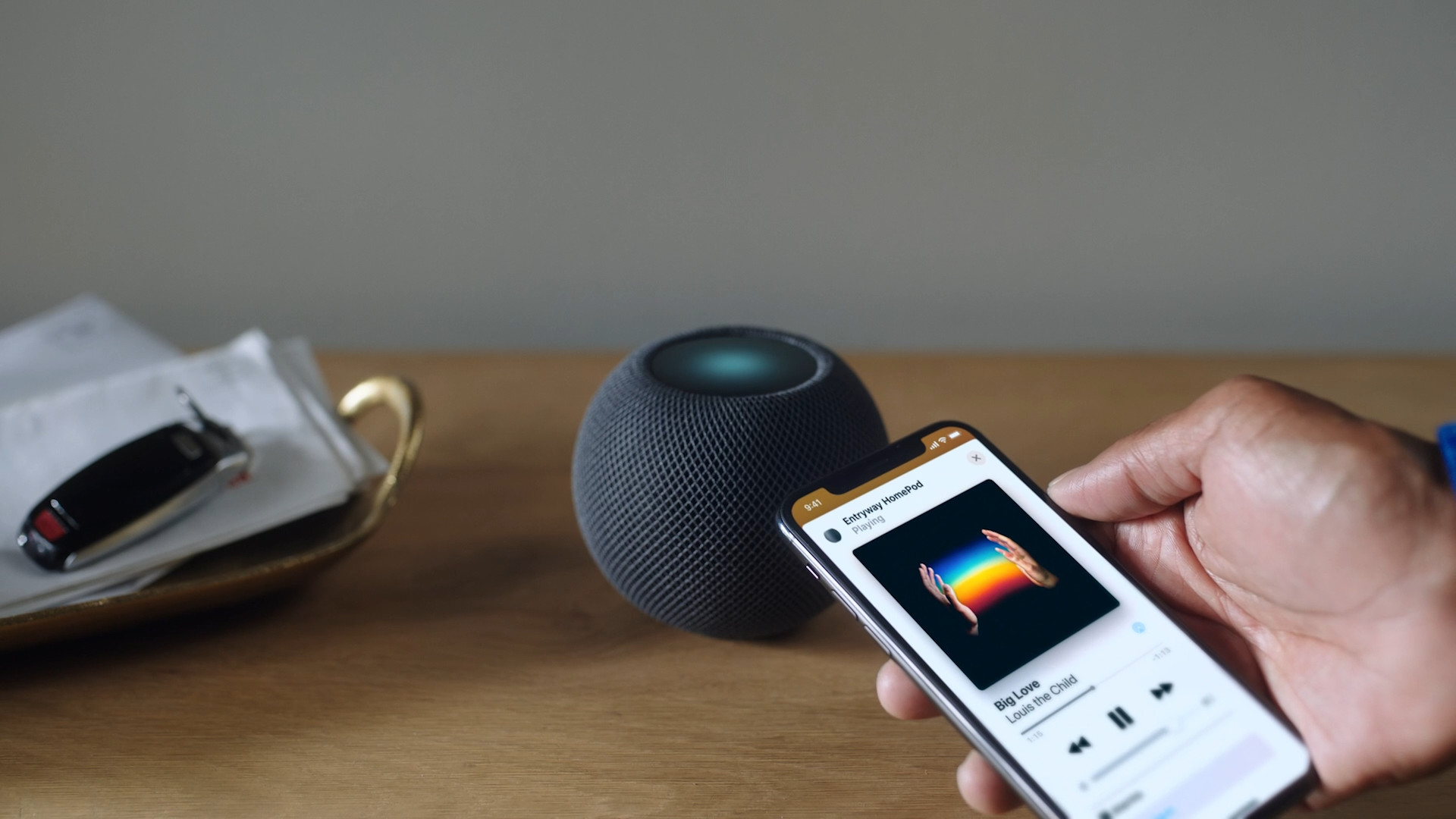
Control
HomePod mini can be controlled in basically three ways. The simplest, but at the same time the most limited, is touch control. On the upper touch panel there are + and - buttons, which are used to adjust the volume. The center of the touch panel acts as the main power button on the EarPods, i.e. one tap is play/pause, two taps switch to the next song, three taps to the previous one. The physical interaction with the HomePod mini can be extended with the Handoff function, when you just "tap" the speaker with an iPhone that is playing music, and the HomePod will take over the production. This function also works in reverse.
The second option, and probably the most widespread in our region, is control via the Air Play 2 communication protocol. After the HomePod mini is turned on and set up for the first time, it can be used from all connected and compatible devices that support Air Play. HomePod can thus be controlled from all iOS/iPadOS/macOS devices, including remote control. You can thus play Apple Music or your favorite podcast in different rooms as needed, i.e. if you have more than one HomePod, or other members of your household can also operate the HomePod from their Apple devices.
It could be interest you

The third control option is, of course, Siri. It should be noted here that Siri has been doing this since the last (read review of the original HomePod) taught a lot. For Czech and Slovak users, however, it still represents a rather cumbersome solution. Not that the users don't know English and beyond Hey Siri they didn't manage to add an adequate request (Siri is quite responsive to different accents and pronunciations), however, if you want to use Siri's abilities and possibilities to the fullest, this is best achieved by using your Apple device in one of the supported languages. For advanced functions, Czech or Slovak does not really work. Siri cannot find her way around (Czech) contacts, she certainly won't read you a message or any reminder or task written in Czech.
Sound
The sound of the HomePod mini was also analyzed in great detail, and there is almost nothing to argue against the generally accepted fact that it plays really well for its size. In addition to a very solid sound, which also offers registerable bass elements, the speaker does an excellent job of filling the surrounding space with music - in this regard, where you place it at home is extremely important. Some other speakers on the market boast of 360-degree sound, but the reality is quite different in practice. The HomePod mini excels at this thanks to its design. Only one transducer takes care of the sound side, but it is positioned in such a way that it is directed into the space below the speaker and from there it resonates further into the entire room. Two passive radiators are placed towards the side.
So, if you drown the HomePod mini somewhere in a corner or on a shelf, where it won't have as much room for reverberation, you will never reach the maximum sound potential. What the HomePod stands on and from which the sound is reflected further into the room also plays a crucial role. Personally, I have the speaker placed on TV table next to the TV, on which is placed yet another heavy glass plate, and where even behind it there is still more than 15 cm of space to the wall. Thanks to this, even such a small speaker can fill an unexpectedly large space with sound.
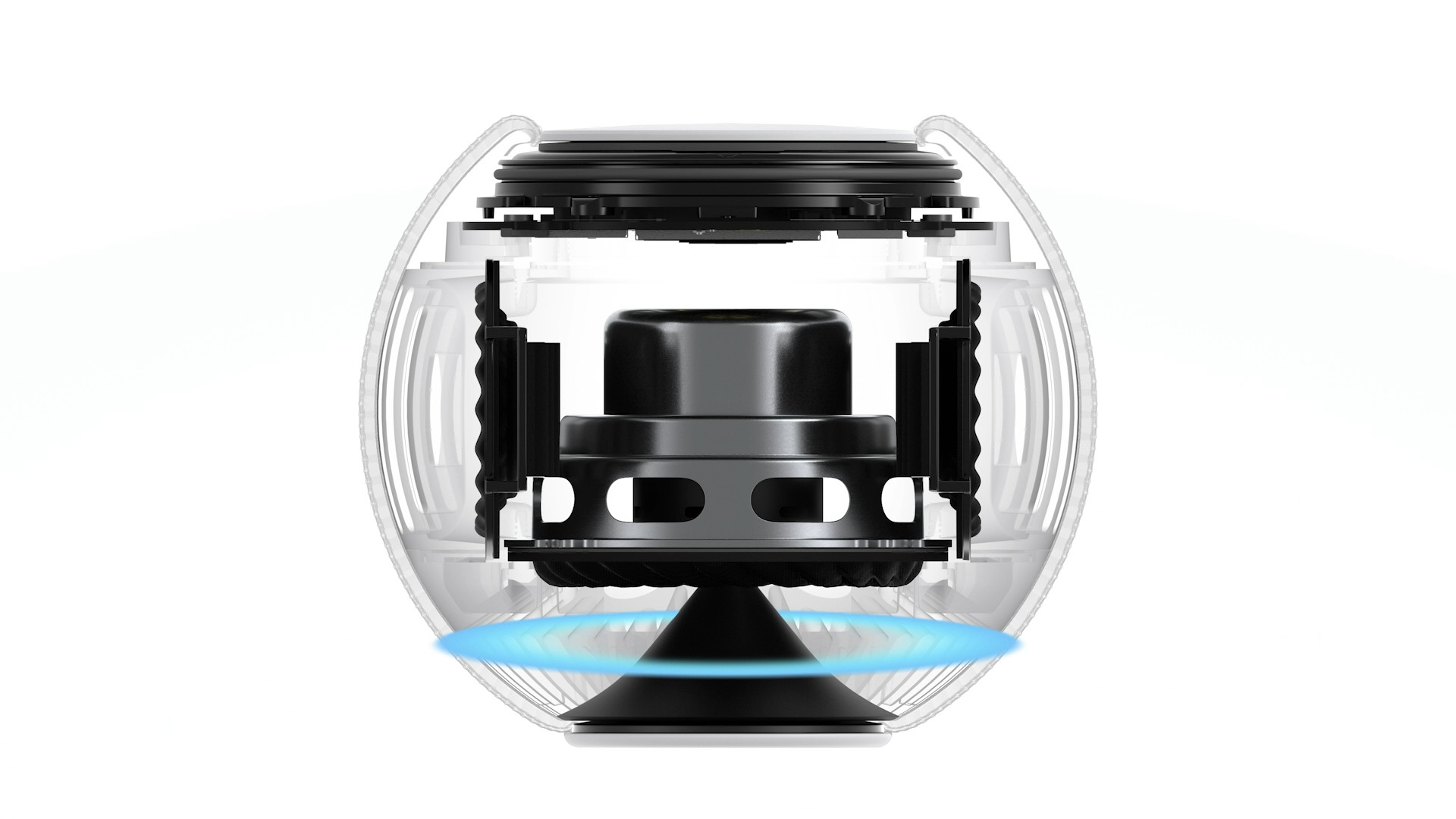
However, physics cannot be fooled and a small weight with small dimensions simply has to take its toll somewhere. In this case, it is about the density and the maximum power of speech that the HomePod mini is able to get out of itself. In terms of detail and sound clarity, there is not much to complain about (in this price range). However, you will never get what you get from such a tiny speaker as you can with larger models. But if you don't need to sound the HomePod in a huge living room or larger rooms with an open ceiling or a large degree of fragmentation, you shouldn't have a problem.
záver
HomePod mini can be evaluated from many points of view, as each of its potential users indulges in a greater or lesser degree of interaction with it. According to the degree of use, the value, or rather the evaluation, of this little thing changes fundamentally. If you're just looking for a small and somewhat pretty speaker to play on your bedside table, in the kitchen, or somewhere else at home, and you're not looking for any specific features, the HomePod mini probably won't be a goldmine for you. However, if you are deeply buried in the Apple ecosystem and don't mind being a bit behind the "crazy person talking to your speaker" at home, then the HomePod mini is definitely worth a try. You can get used to voice control very quickly, at the same time you will gradually learn more and more elements that you can ask Siri about. The last big question mark is the question of privacy, or its potential (or perceived) hacking by owning a similar device. However, that is a debate beyond the scope of this review, and besides, everyone has to answer these questions for themselves.
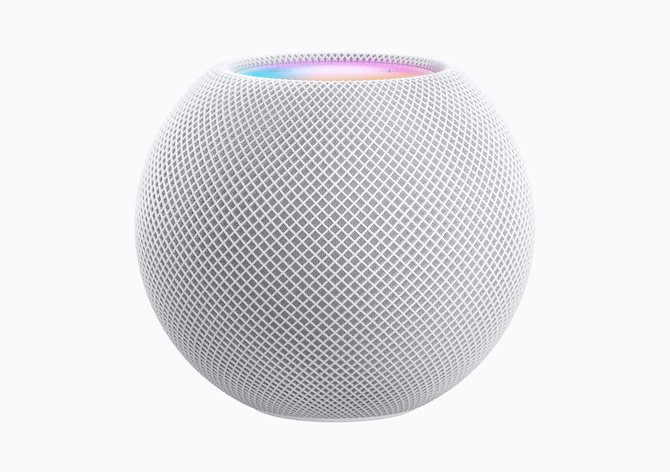
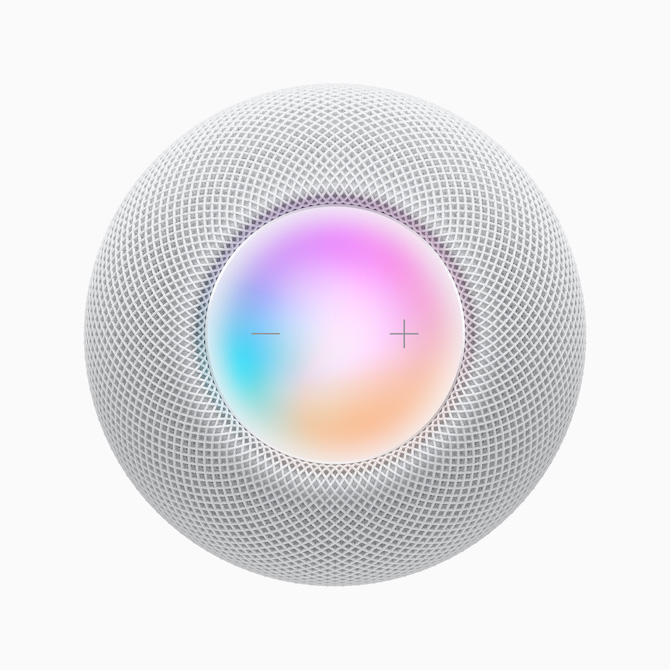

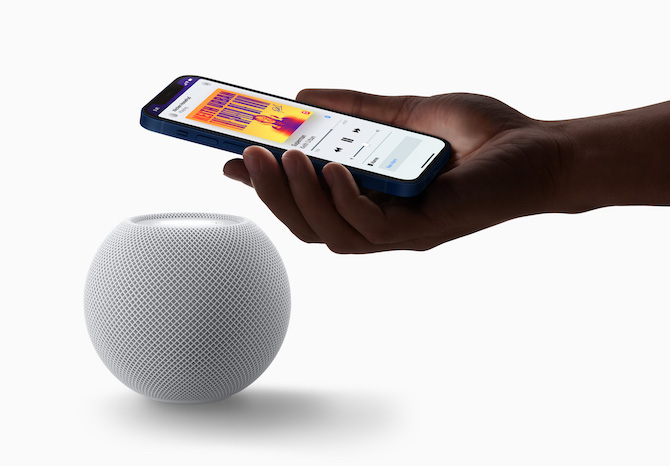
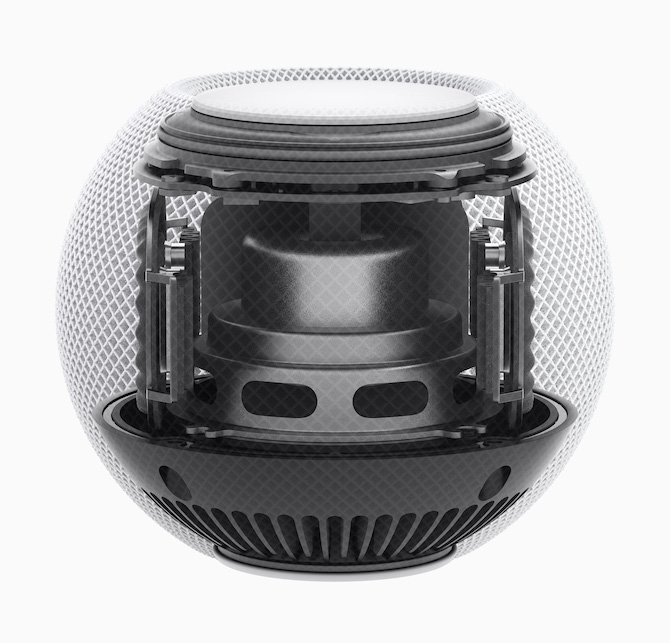
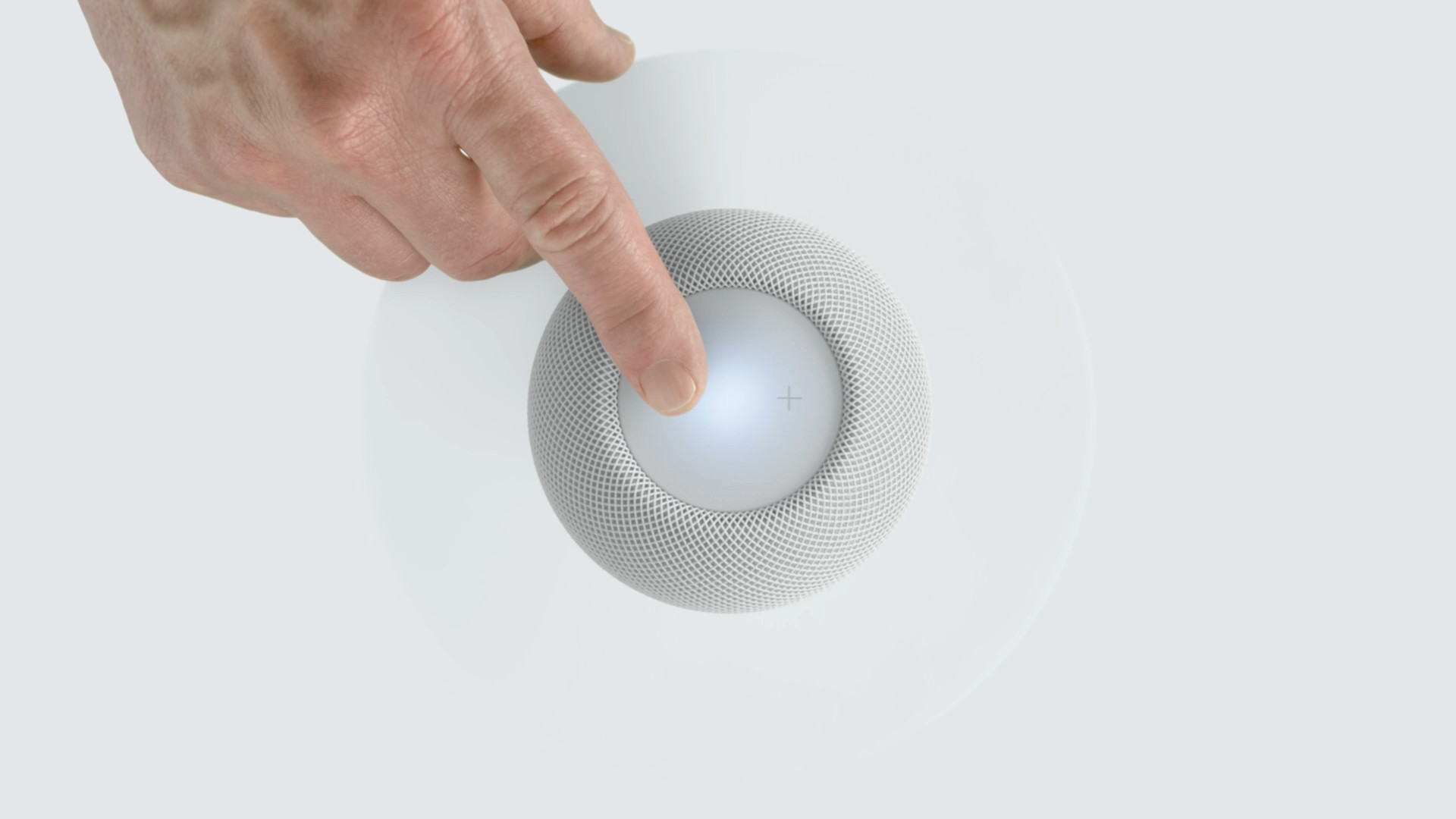

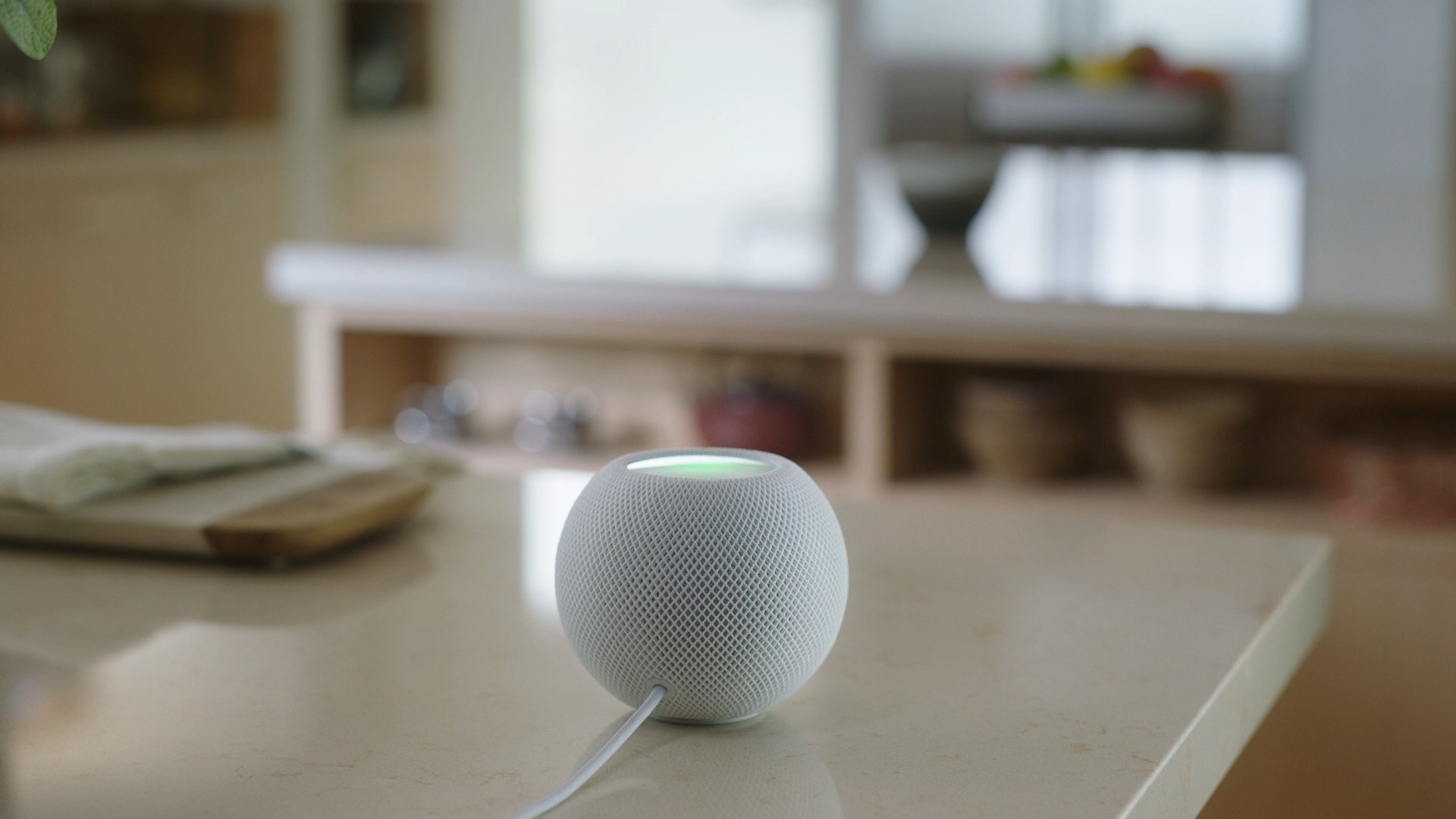
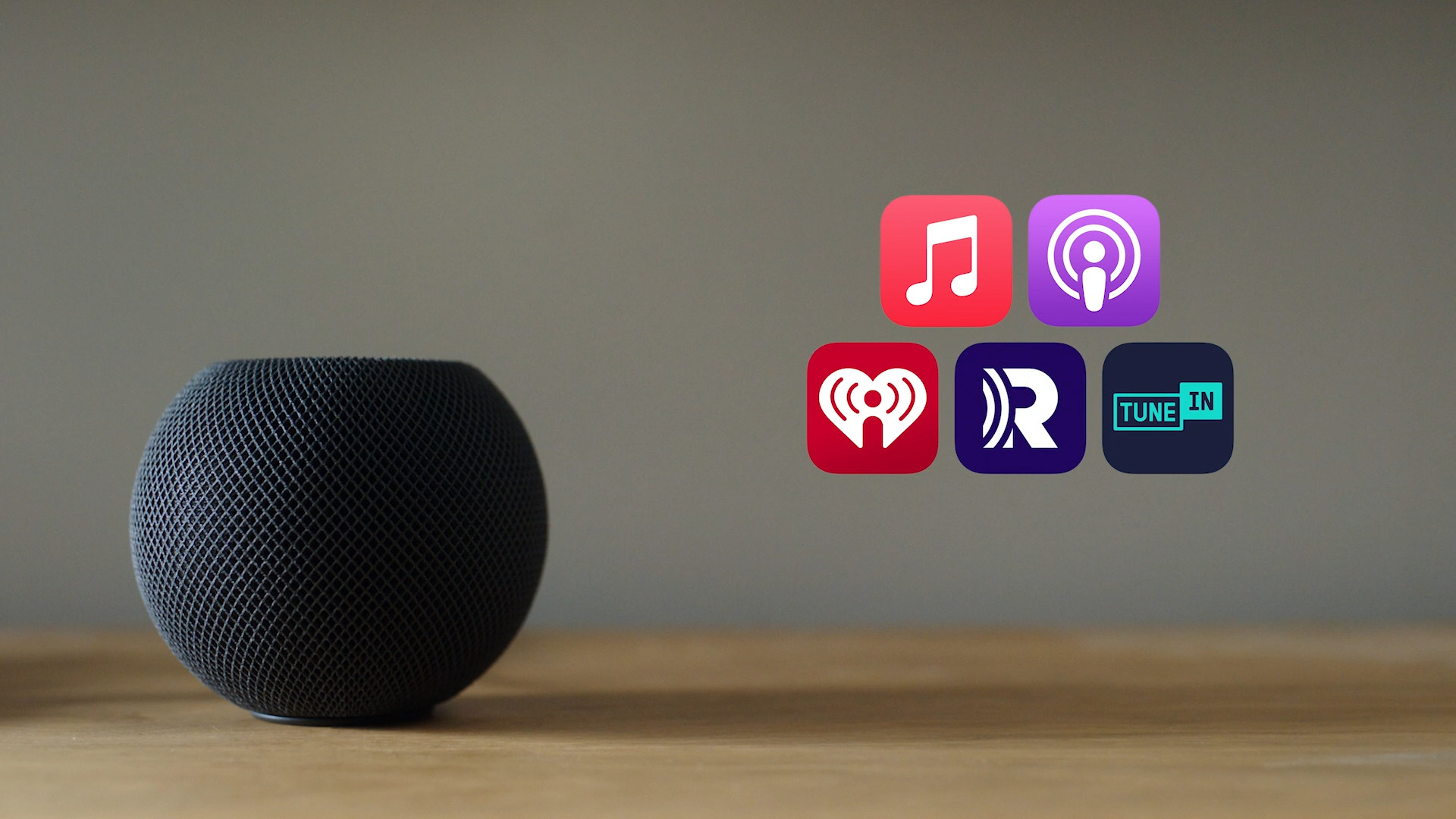




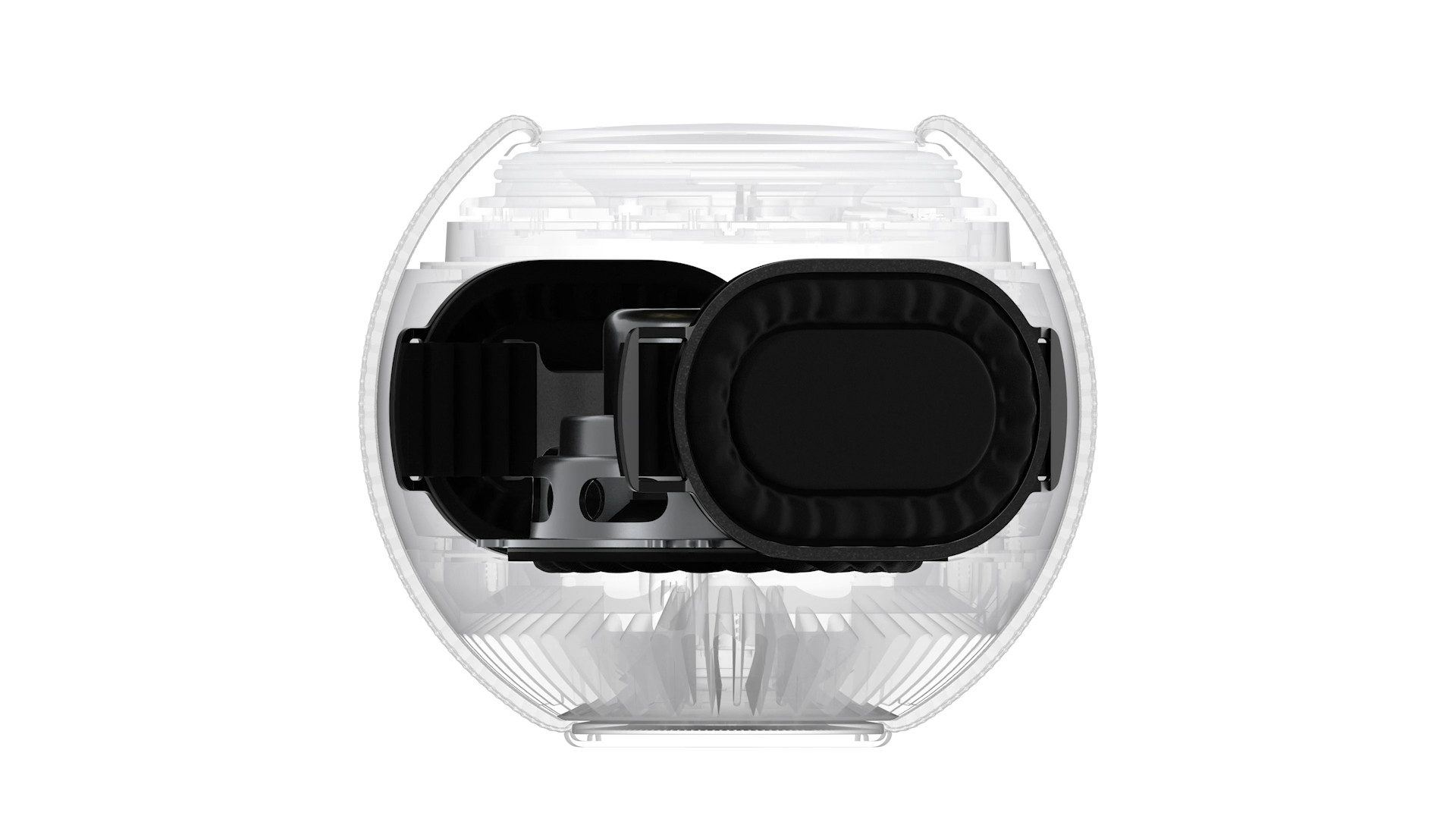
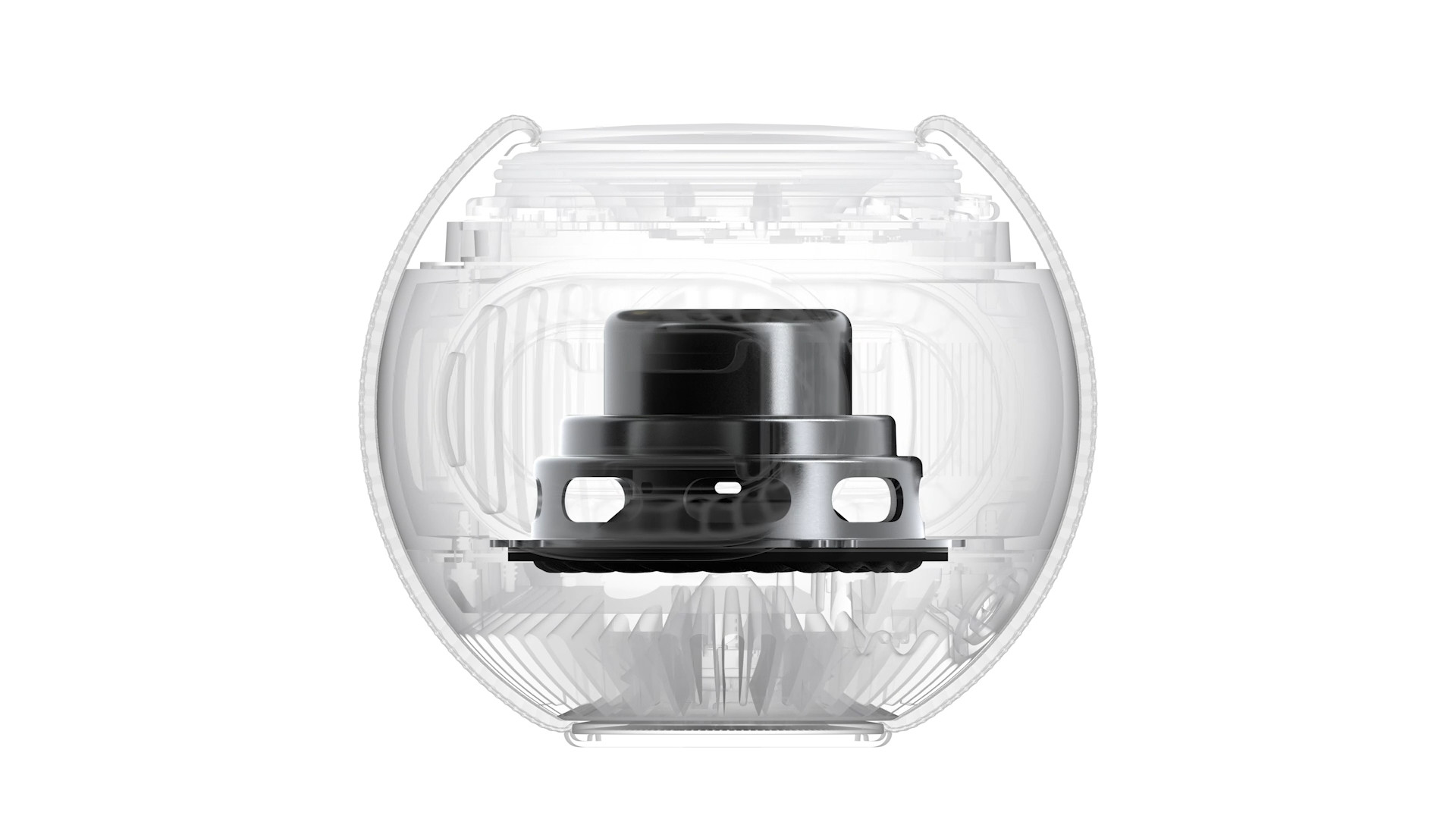

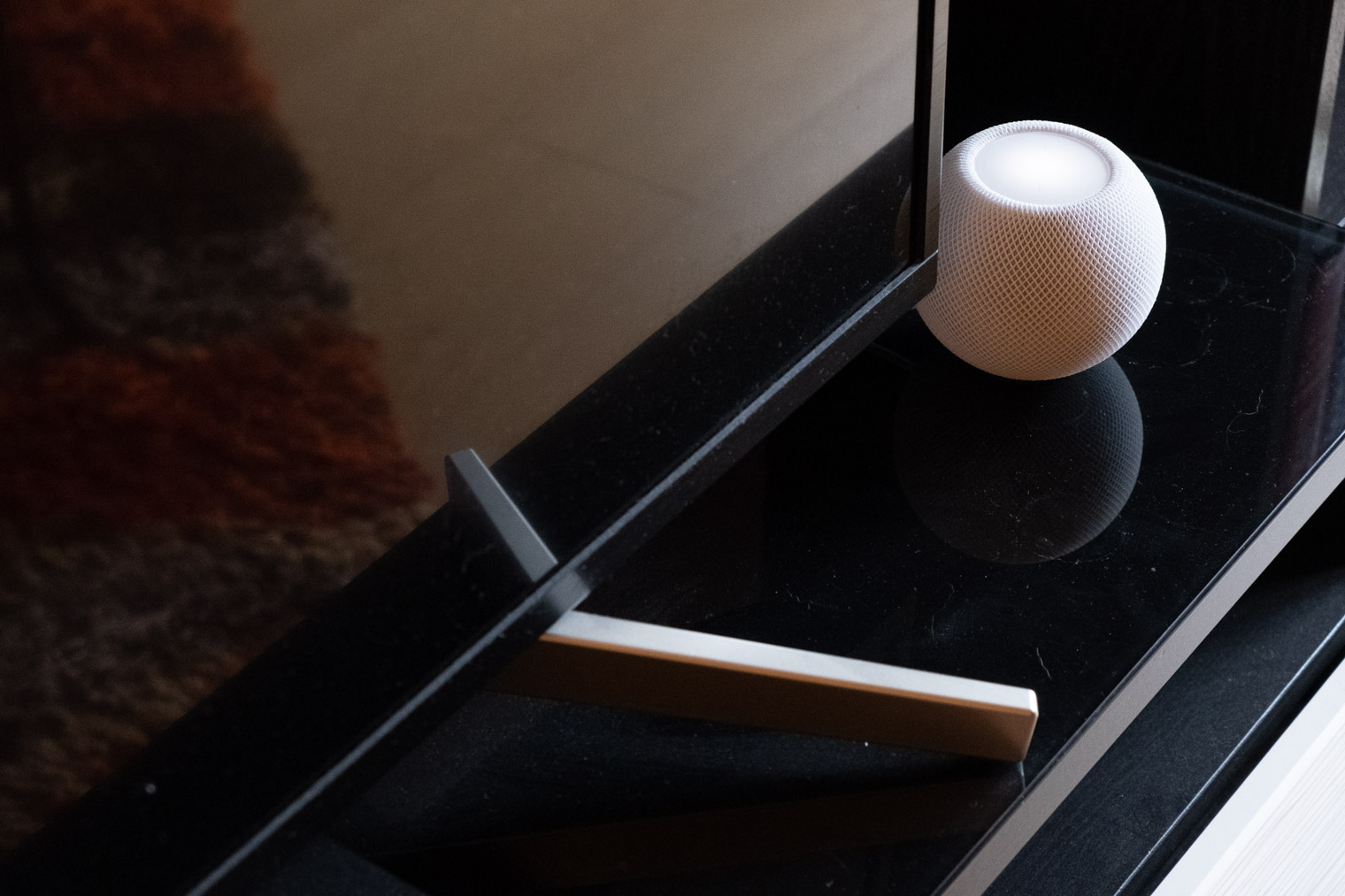
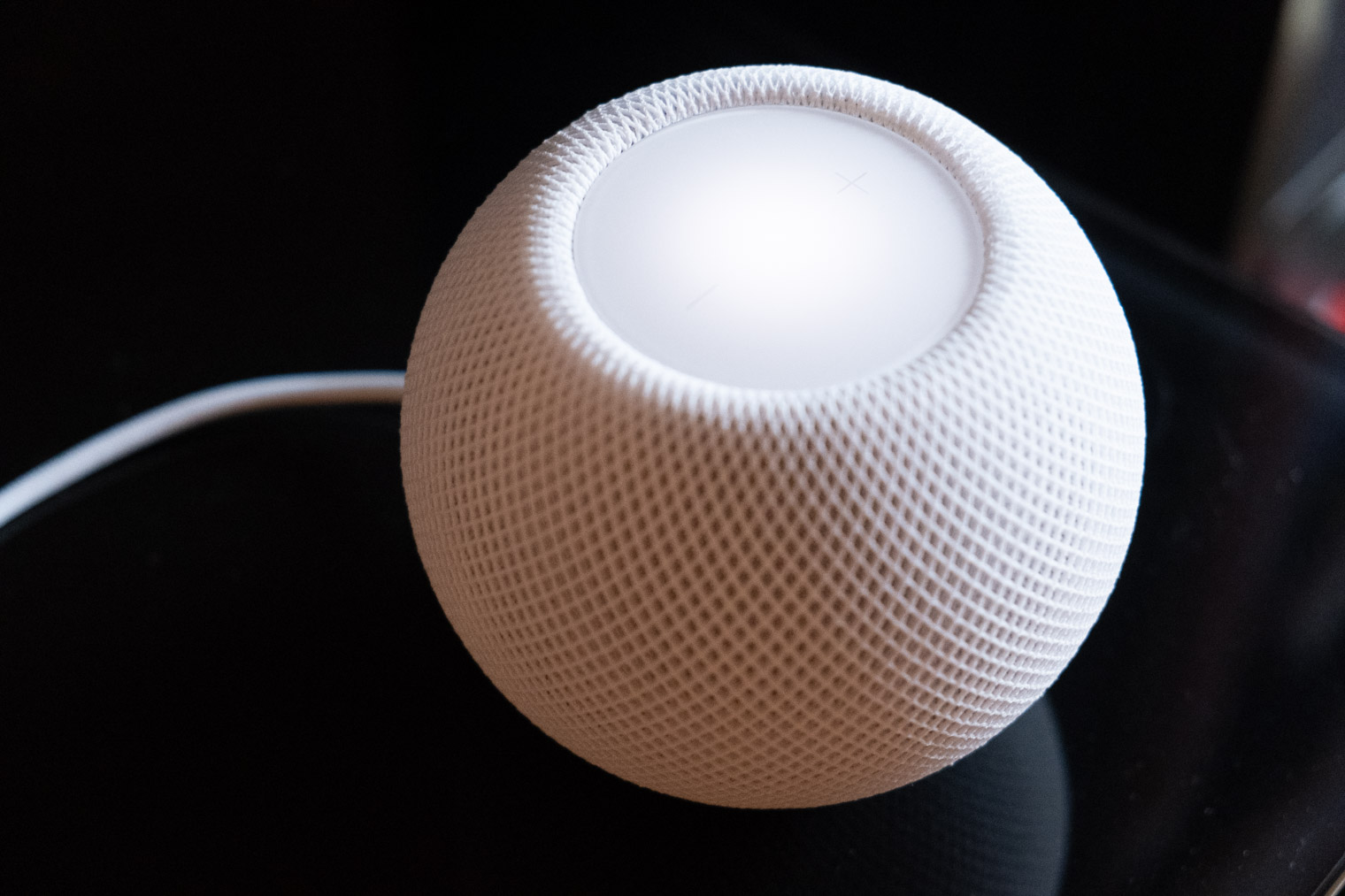
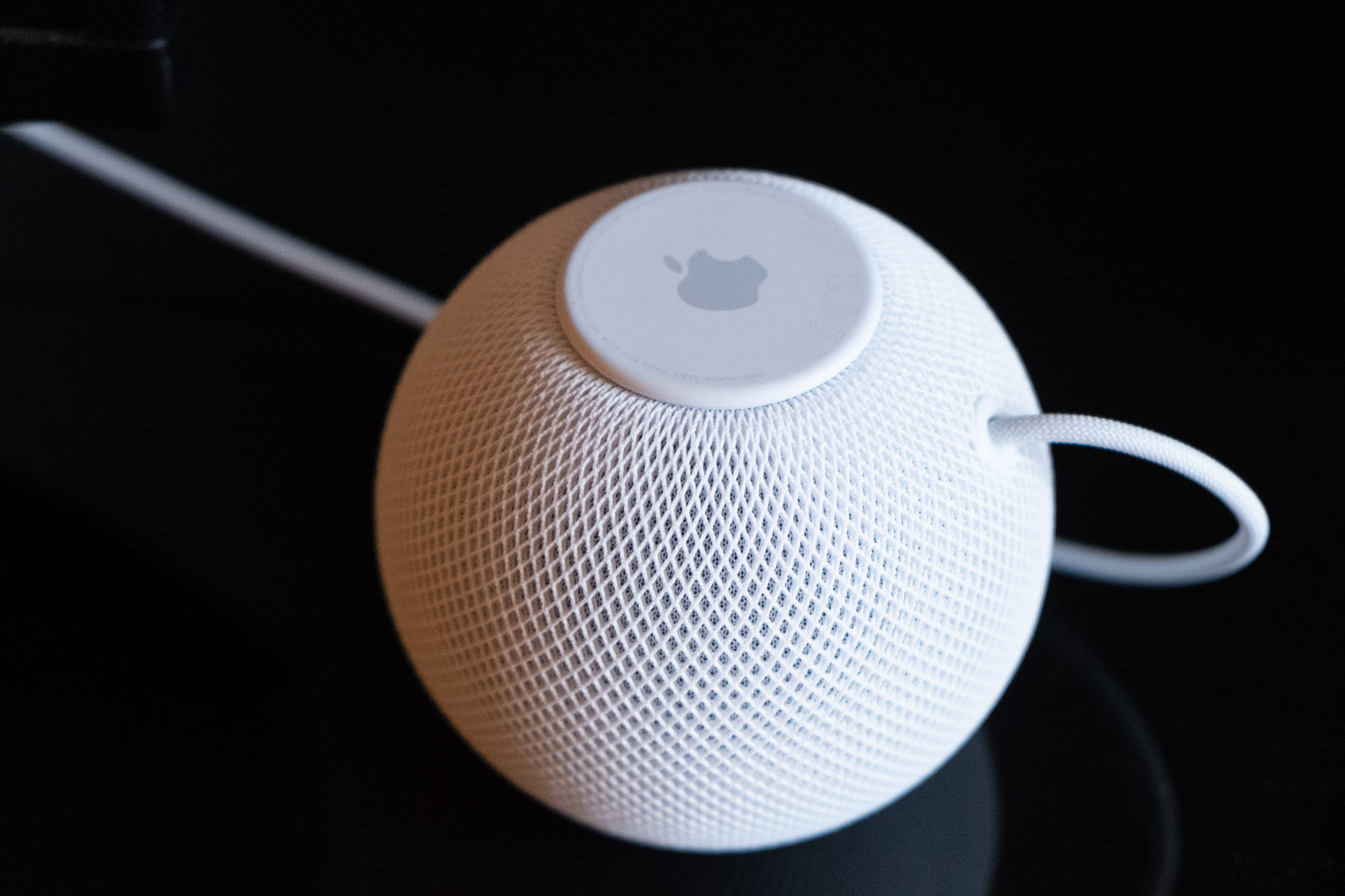


Hello David, thank you for your review. One question. I want to use it mainly as a speaker for the Imac. I assume it will play better. In addition, I want to make and receive calls through it. Does this combination make sense to you? For regular stereo listening, I have classic high-quality bookshelf boxes, so that's not my concern. thank you OM
That's what I wanted to write to the author, I have him at home and what I regret the most is that you can only call him via Facetime and GSM calls. Skype, Google meet, slack and other similar team tools do not work with it because the homepod does not make its microphone available to the mac. I wanted to use it as a replacement for jabra for conf calls and that's just not possible. But the sound is fine.
Nice, only Alza no longer sells the HomePod Mini :/
https://www.alza.cz/apple-homepod-mini-bily-d5620969.htm
The sale is not over, they just have pre-orders for 28.1/XNUMX. and at a higher price than they had before Christmas. I was confirmed today with tomorrow's delivery of the homepod mini, which I ordered in November, so I'm looking forward to it... https://www.alza.cz/apple-homepod-mini-bily-d6217273.htm?o=4
Thanks for the article. I would like to ask about the connection to the television. I have a Samsung with AirPlay 2 - I play netflixes, youtubes, etc. via Apple TV, I don't see a problem there. But can the HomePod also be connected to the TV to watch "regular" channels?
Thanks.
no it's not possible
And if I have it bought in Germany for €99, what's the difference with the Alza?
No alza also gives a source with a Czech ending :)
It's probably the same ending in Germany, isn't it? So the difference is CZK 700 in favor of DE.